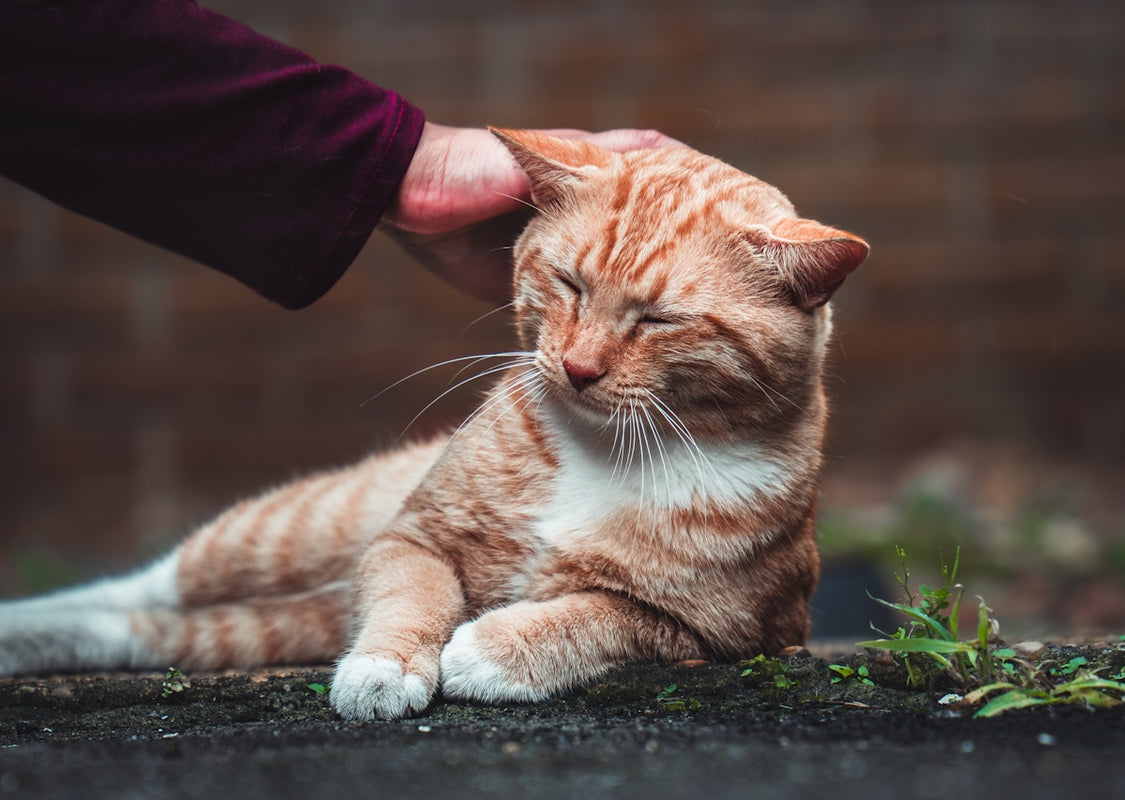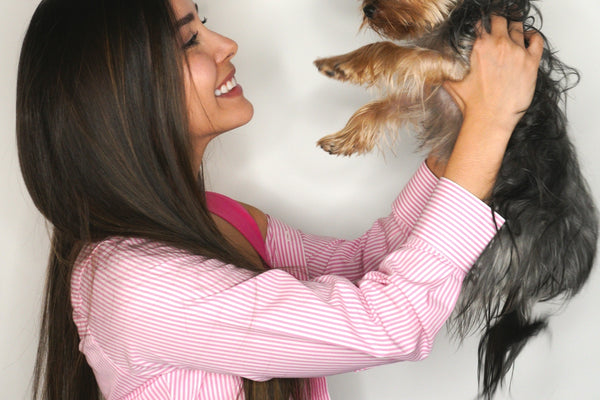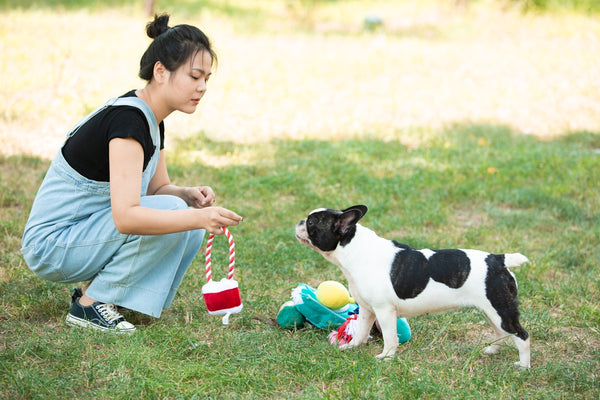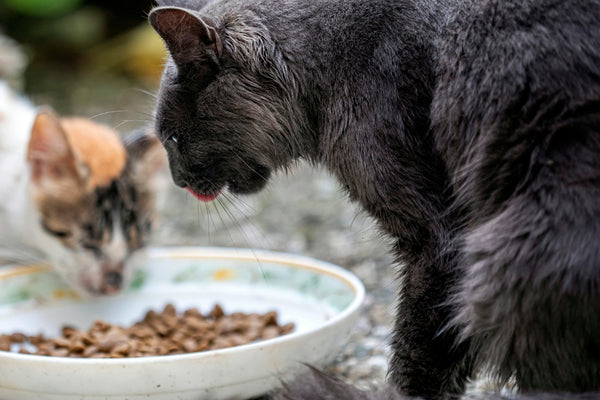The connection between humans and their furry companions is a timeless one, rooted deeply in history and culture. One of the most fascinating aspects of this relationship is the way in which we've fed our pets over the centuries. Let's take a journey through time and explore the historical evolution of domestic pet feeding methods, and discover how modern technology is reshaping this essential aspect of pet care today.
Ancient Times: Sharing the Bounty
In ancient civilizations, domestic animals were primarily utility creatures rather than spoiled companions. Dogs and cats were often fed leftovers from household meals, a practice seen in various cultures, from ancient Egypt to the Roman Empire. Food scraps included bones, grains, and vegetables that were not deemed fit for human consumption. This method of feeding was largely dictated by necessity and a symbiotic relationship with the communities they enriched.
Middle Ages: Specialty Diets Emerge
As the Middle Ages progressed, animals began to hold more diverse roles within human society, including those of hunters, protectors, and companions. This change in roles brought about a gradual shift in feeding practices. People started to prepare more specialized diets for pets, often characterized by the preparation of porridge or bread soaked in milk or broth.
The 19th Century: The Birth of Pet Food Industry
The 19th century marked a turning point in domestic pet feeding with the advent of the commercial pet food industry. In 1860, an electrician named James Spratt introduced the first commercially prepared dog biscuit in England. This innovation laid the groundwork for the development of numerous pet food brands that would come to shape the feeding habits of pets in households across the world.
20th Century: The Rise of Dry and Canned Foods
Throughout the 20th century, the demand for convenience saw pet food shift predominantly towards dry kibble and canned foods. These products were not only easy to store and serve but also included nutritional additives specifically formulated to meet the dietary needs of pets. This era also witnessed the establishment of nutritional science in pet food, guided by veterinary input.
21st Century and Beyond: A Technological Transformation
Innovation continues to redefine the landscape of pet feeding in the 21st century. The development of smart technology has brought about novel approaches that cater not only to pets' nutritional needs but also to the convenience of pet owners. Products like the Smart Automatic Cat and Dog Feeder with Wi-Fi Connectivity and App Control for Remote Feeding exemplify this trend. Such feeders provide personalized feeding schedules at a click of a button, promoting better portion control and enhancing pet care experiences.
Beyond feeders, hydration solutions like the PetHydrate Automatic Cat Bowl & Water Fountain ensure that pets always have access to fresh, clean water, vital for maintaining their health and well-being. These advancements signify the strides made in aligning convenience with nutrients that are essential for pet vitality.
Conclusion
The historical evolution of how we feed our pets has come a long way from feeding them table scraps to using advanced technology that assists in offering an optimum diet. As we strive for a deeper understanding of pet nutrition and well-being, it’s exciting to see how future innovations will continue to enhance our pets' health and happiness.
For more insights and products tailored for your pets, visit My Pet Collective.








